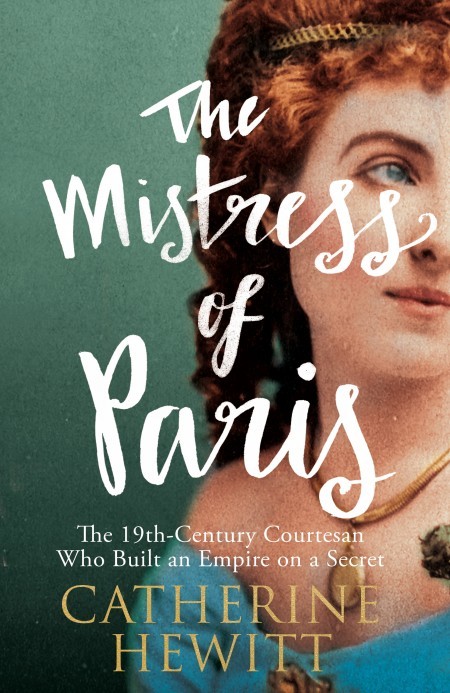Hardback by Icon Books, £20 (ebook £8.79)
In 1848, the Year of Revolutions, little Emilie-Louise Delabigne began
her life in the worst slum in Paris, the illegitimate daughter of a
laundress turned prostitute. Growing up on the streets whilst her
mother entertained her clients, she learned her own trade early whilst
working first as a poorly paid shop assistant and then as a bar girl
in one of the racy new brasserie de femmes that catered to the male
taste for pretty young women.
Playing bit parts as an actress, it soon became clear she had limited
skills in that direction, but what she did have going for her was
something even more special – her ethereal, flame-haired beauty, which
attracted the attention of her first big catch, the composer Jacques
Offenbach.
In 1878, a promising young writer named Emile Zola was researching the background to a novel which he wished to set in the Parisian demi-
monde. Delabigne invited him to one of her stylish dinner parties and
he repaid her kindness by immortalising her as the stupid and venal
Nana.
But in truth, just as the best crooks are essentially honest, for a
woman to make her way successfully as a ‘grande horizontale’, she had
to be witty, cultured and clever. Over the years, Delabigne ruthlessly
amassed and then wisely invested a huge fortune from lovers that
included famous artists, top military men, aristocracy and royalty.
Henri Gervex painted her in a fashionable crowd that included Edward, Prince of Wales and the future Tsar of Russia. She even felt confident enough to meddle in French colonial politics.
If Catherine Hewitt’s well-researched and annotated biography has a
fault, it is that, like Delabigne herself, she sometimes glosses over
the reality of how the self-invented Comtesse Valtesse de la Bigne
actually earned her living. Nevertheless, she has written a truly
handsome boudoir book.

